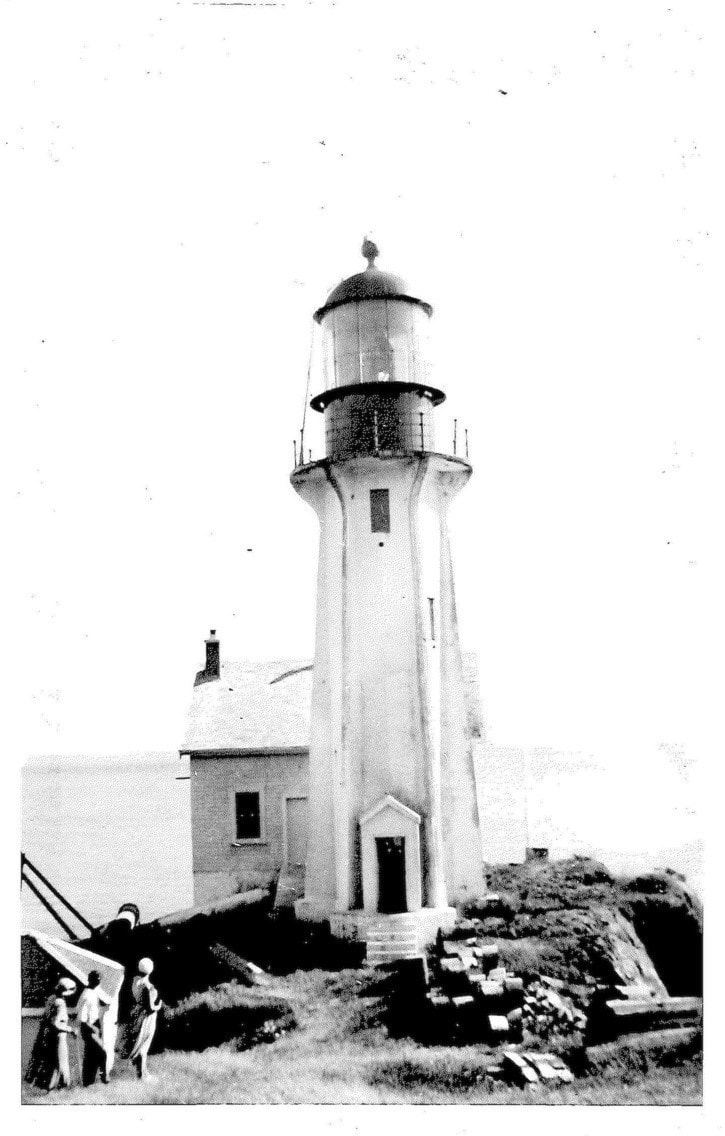The wreck of the steamship Valencia at Pachena Point in January 1906 with the loss of 126 lives brought pressure on the Canadian government - pressure to provide more navigational safeguards on the western coastline, the “graveyard of the Pacific.”
A series of lighthouses such as this one built at Sheringham in 1912 were a result of the international enquiries that followed the Valencia disaster. This photo shows the lighthouse in 1938. Through storms, dense fog and even the threat of enemy submarines, the tower has stood as a sentinel, throwing a shining beacon from its original Fresnel lens. During World War II, however, Eustace Arden, its first keeper, was required to draw blackout curtains.
While the Fresnel lens, rotating on its bed of mercury, was replaced by modern equipment in 1976, the mystique of the lighthouse has carried on through the decades. Besides the flashing beacon, which was kept rotating by a clockwork mechanism wound by the light keeper, a foghorn was added as an additional warning signal in 1925.
As a youngster I recall being fascinated in stormy seasons and foggy nights as we listened for the alternating wails of the foghorn at Sheringham and the foghorn at Race Rocks. These air foghorns, each with their distinctive sound, were powered by large tanks of compressed air.
Perhaps living at the Sheringham Light was lonely at times, especially at first in 1912 when there was no road connection, and supplies had to be brought in by Coast Guard tender, but there was a glamour and enchantment at the rocky promontory as well.
While a number of light keepers and assistants have managed the light over the years, for the two families who have made history by their tenure there, the Arden family and the Bruton family, the beautiful ocean setting cast a spell which lingers with them still.
Eustace and Anne Arden raised six children at the original family home that had been built onsite for them in 1912, and when they moved into Sooke in retirement in 1946, Eustace was presented with a medal for his 35 year service. Eustace Road bears his name.
Latterly, it was Jim and Evelyn Bruton, between 1968 and 1986, that raised their family of four at the Light, in a contemporary family home that had replaced the first distinctively designed house that was set back on the hillside.
Looking out towards the lonely tower, automated now, one can still feel the history, the mystique, nostalgia and enchantment that the Point inspires.
Elida Peers,
Historian
Sooke Region Museum
